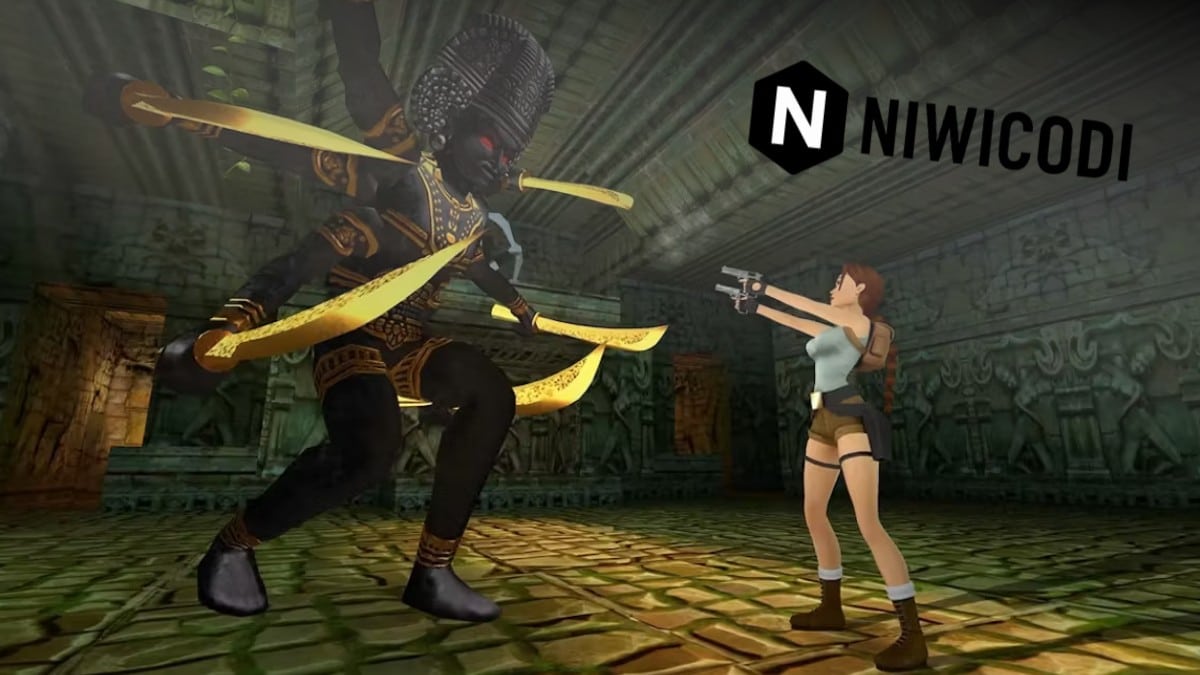The unannounced arrival of Tomb Raider: Definitive Edition on the Nintendo Switch and its successor, the Switch 2, is a telling event in the gaming landscape. This isn’t just about another game making its way to a new platform. It’s a strategic move that speaks volumes about the ongoing evolution of gaming experiences across versatile devices, emphasizing portability and high-performance capability.
The Implications of Tomb Raider’s Switch Arrival
Tomb Raider’s 2013 reboot was a pivotal moment in gaming, redefining a classic franchise with modern graphics and gameplay mechanics. Its sudden release on the Nintendo Switch makes us wonder about more than just porting a successful title; it highlights the flexibility and growing capabilities of hybrid consoles. The Switch has always been celebrated for its adaptability, allowing gamers to switch between handheld and docked modes. By bringing Tomb Raider’s demanding graphics and gameplay to this platform, we see evidence of significant advancements in optimization techniques.
The inclusion of the Switch 2 in this drop is equally intriguing. While details about this next-gen console are sparse, its mention alongside Tomb Raider suggests it will support more graphically intensive games, possibly indicating a leap in processing power and graphical fidelity. This could be Nintendo’s answer to bridging the gap between their unique gameplay experiences and the visual prowess seen on other leading consoles like the PlayStation 5 or Xbox Series X.
For developers, this means new opportunities for creativity without compromising on performance. It opens up possibilities for more complex game mechanics and richer worlds on handheld devices. But it’s not just about raw power; it’s about delivering immersive experiences that align with players’ lifestyles. The ability to play a game like Tomb Raider seamlessly on the go or at home aligns perfectly with current gaming trends favoring flexibility and accessibility. To read Why Brendan Greene Pushes Back Against AI in Game Design
As we reflect on this shadow drop, we should consider what it signals about future game releases and console capabilities. This move by Nintendo might set a precedent for how games are introduced to new platforms—quietly, but with substantial impact. It’s an exciting time for gamers who value both performance and portability. The question now is how this will influence upcoming titles and hardware innovations across the industry.


